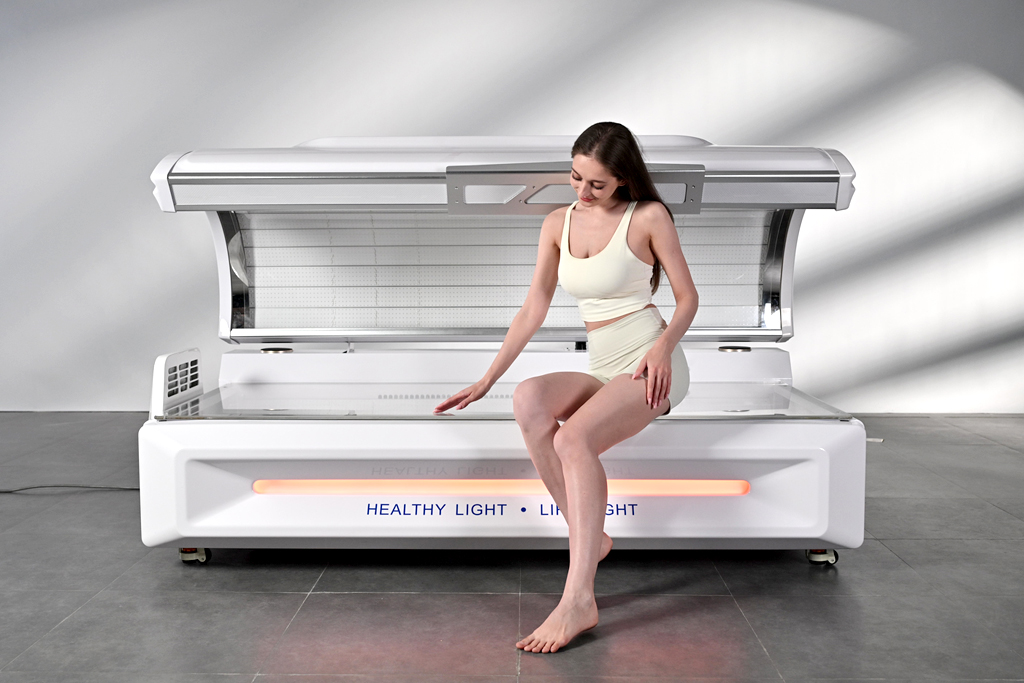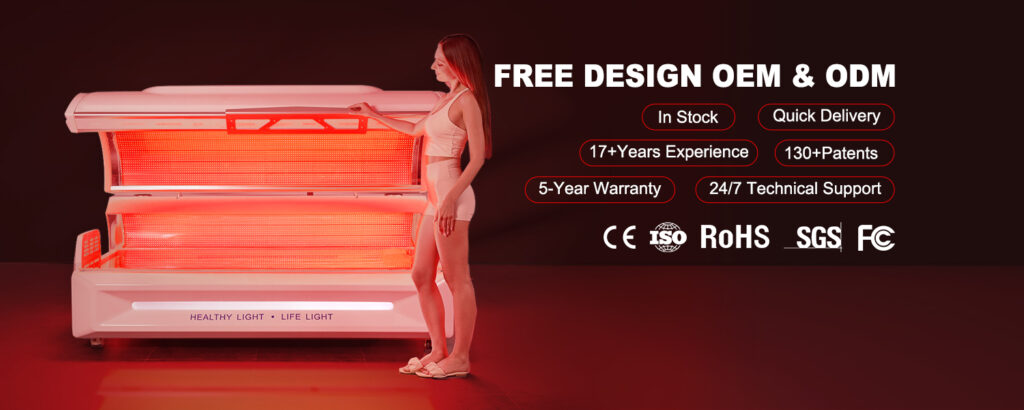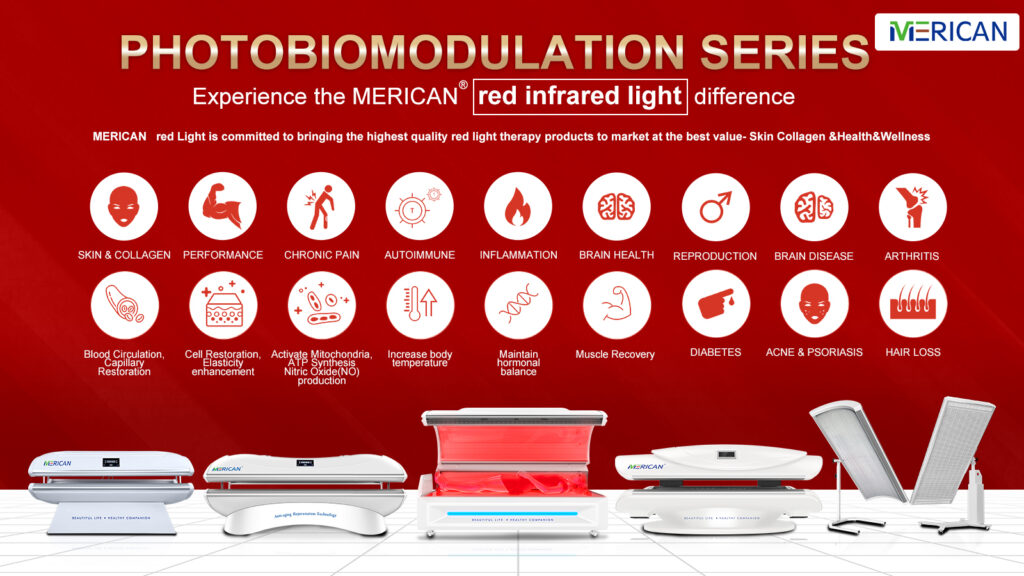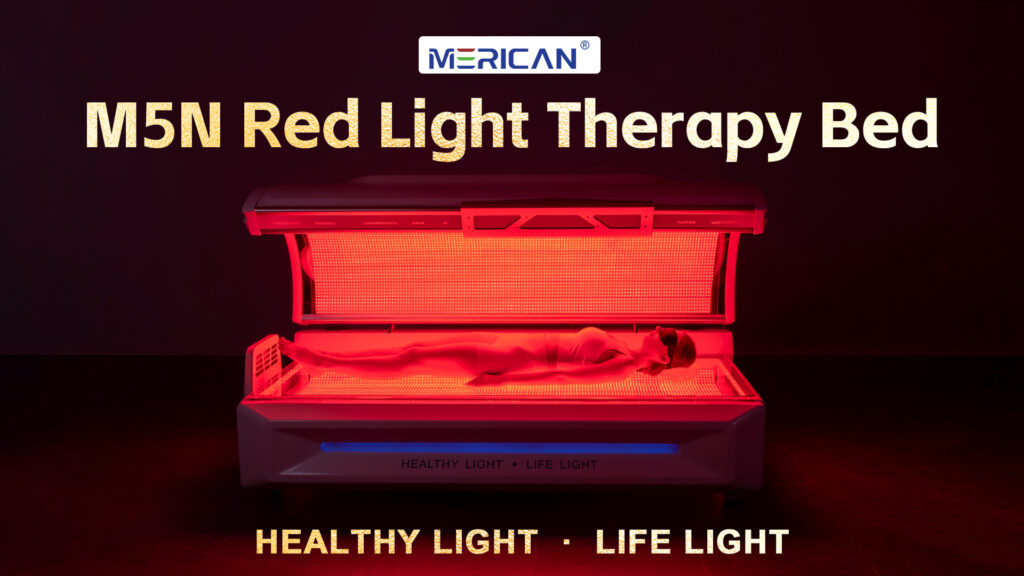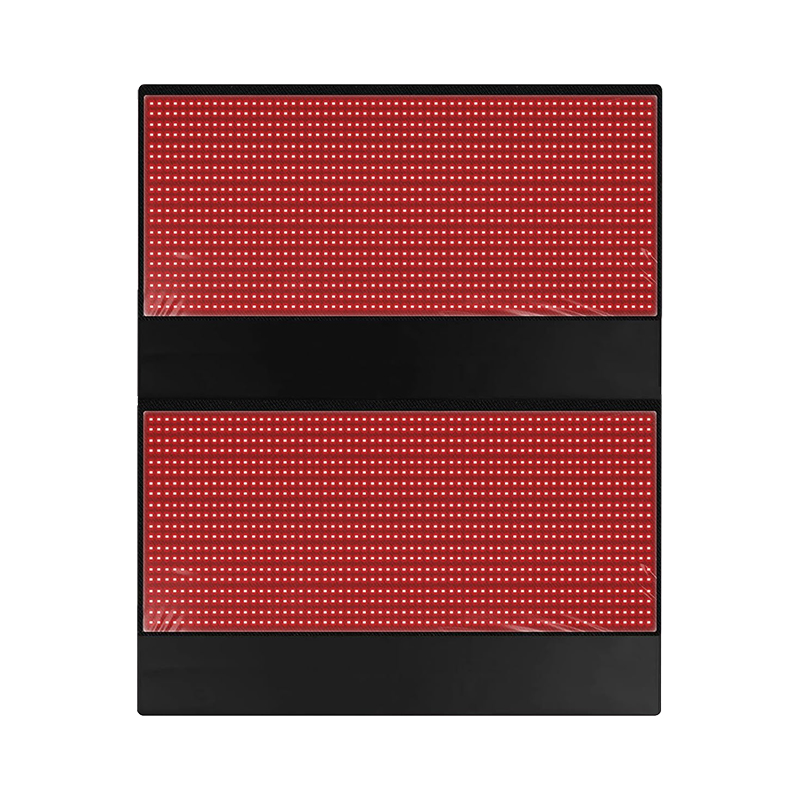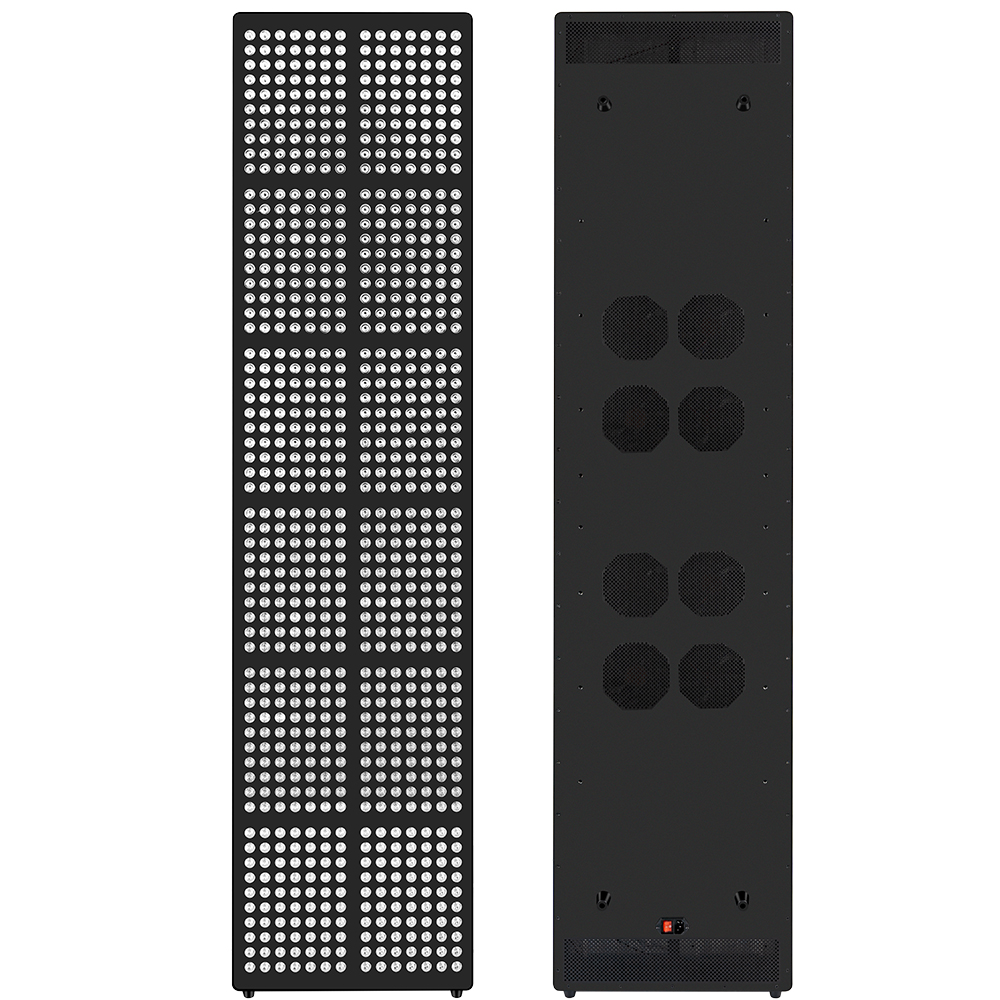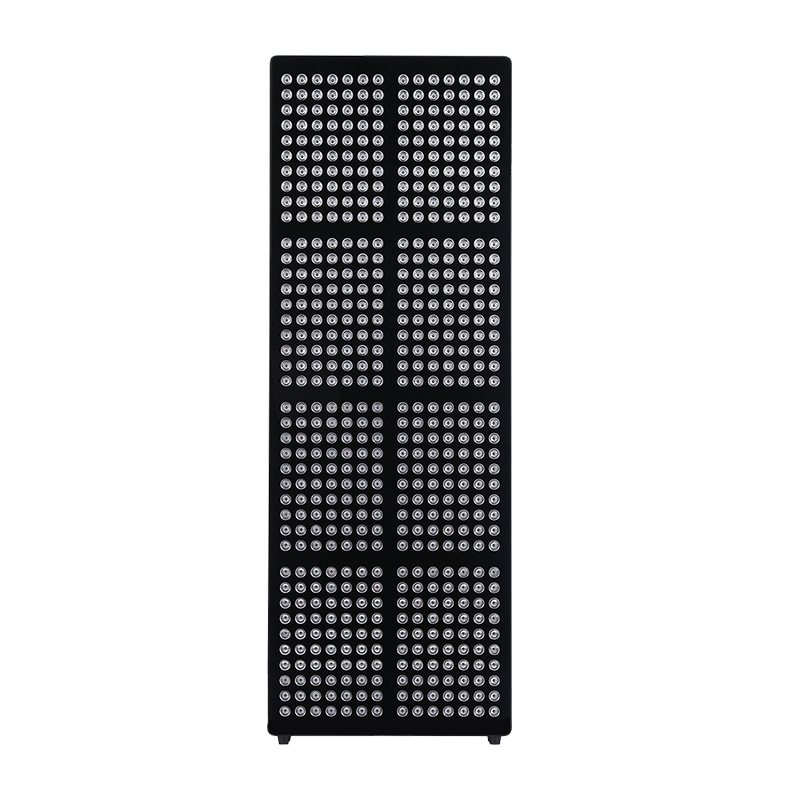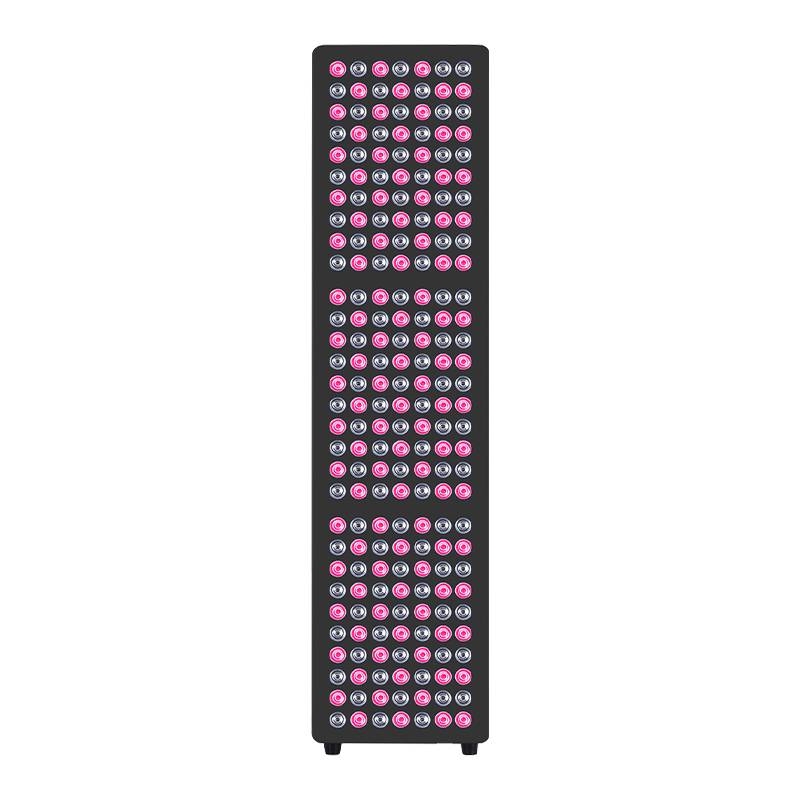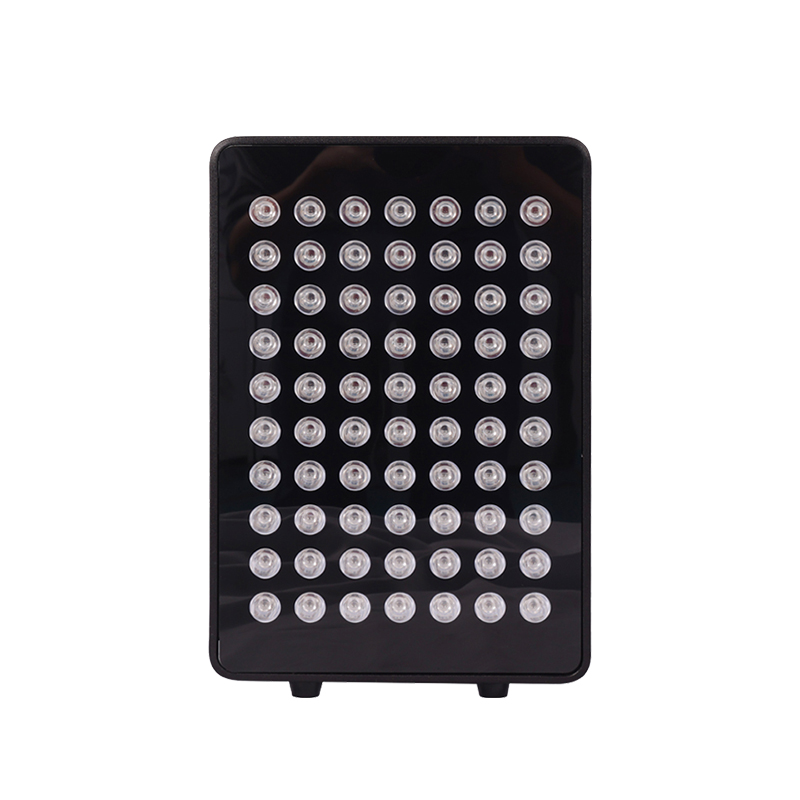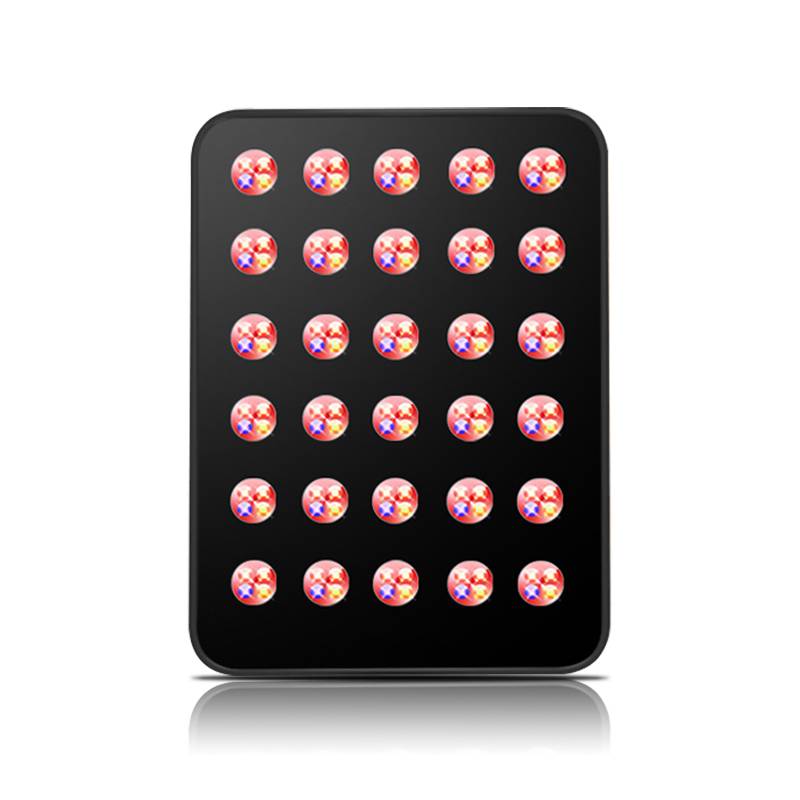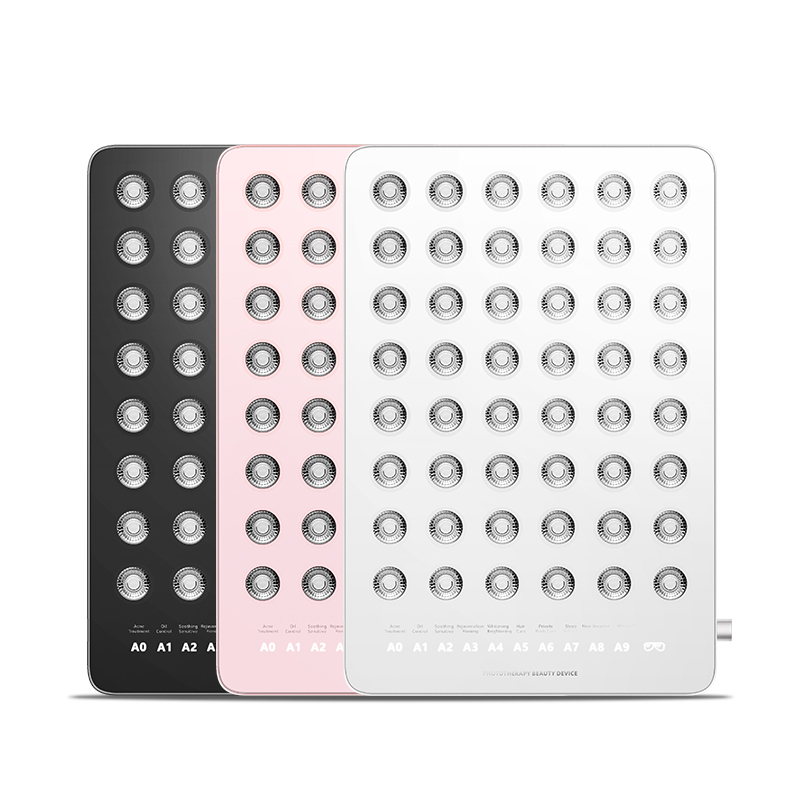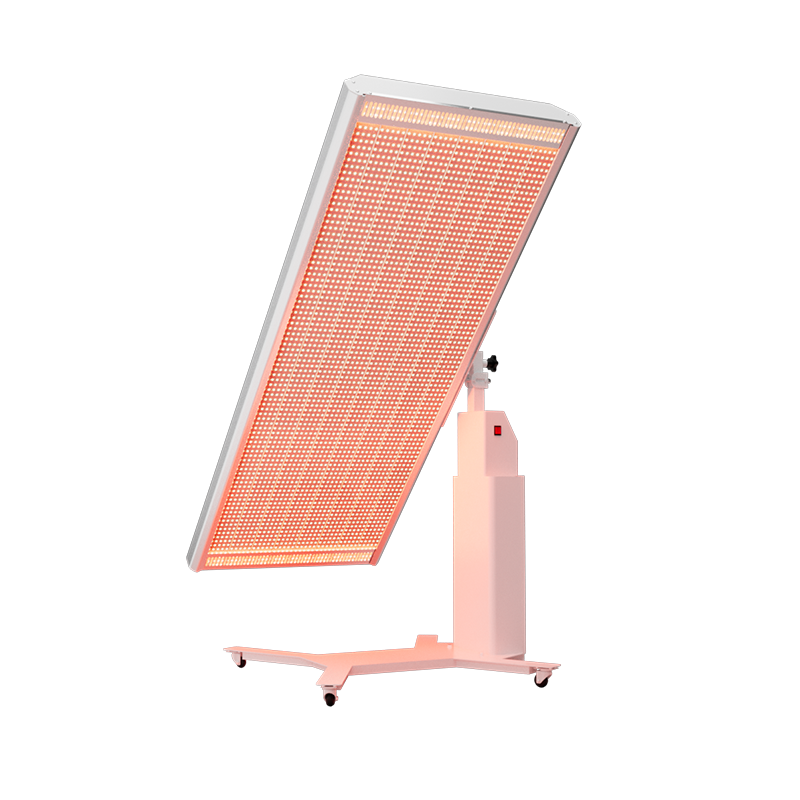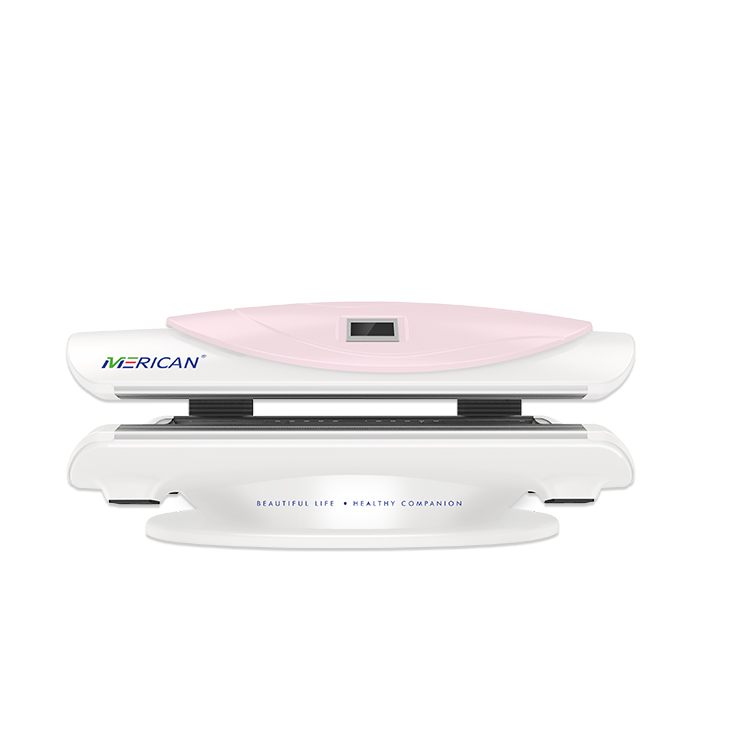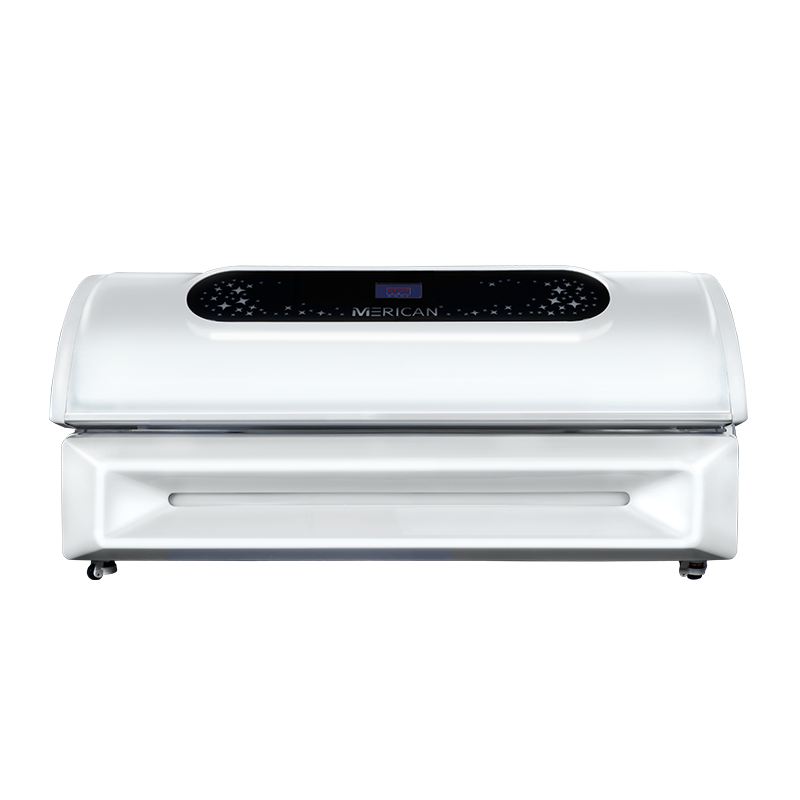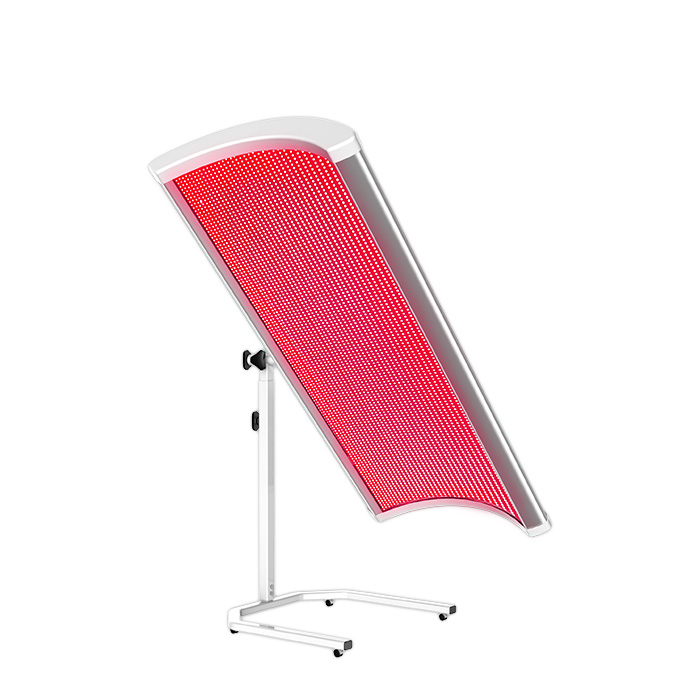Terapia de luz roja (RLT) ha ganado una atención significativa por sus posibles beneficios para la salud., Pero mucha gente se pregunta: es la luz roja mala para tus ojos?
Descubre la ciencia, riesgos, y prácticas seguras detrás de este tratamiento de tendencia para proteger su visión mientras disfruta de los beneficios.
¿Cómo funcionan los ojos y responden a la exposición a la luz?
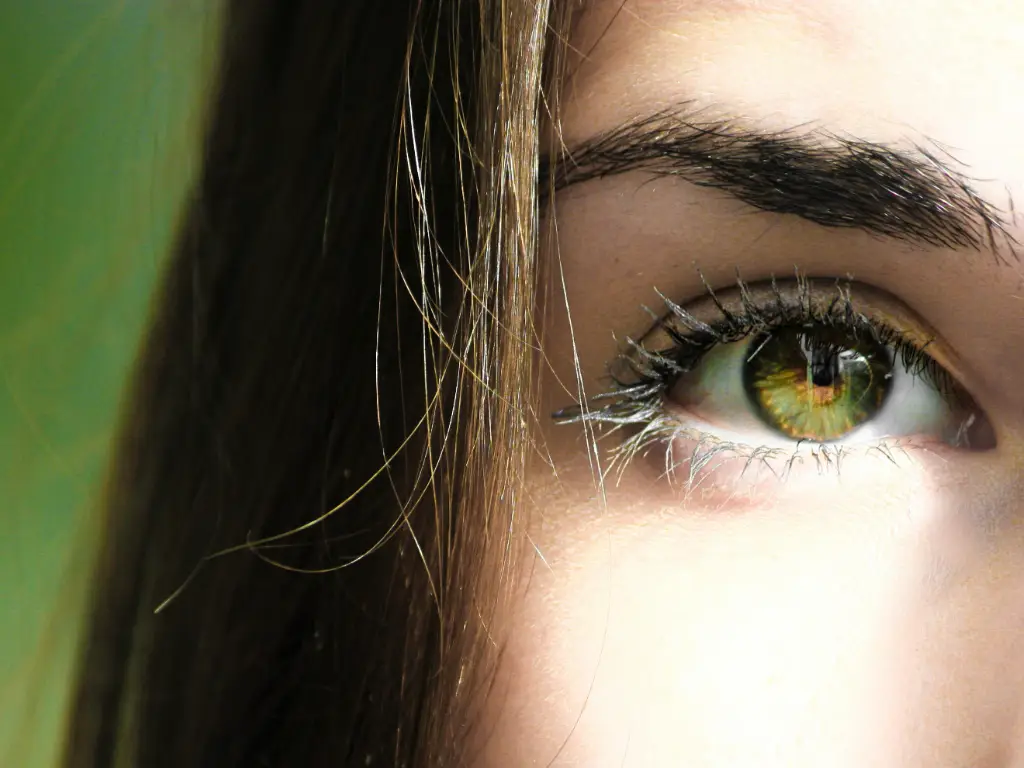
Comprender si la exposición a la luz roja o infrarroja es dañina, Es importante comprender primero cómo funcionan los ojos:
- Detección de luz: El ojo contiene células fotorreceptoras, colas y conos) ubicadas en la retina. Estas células convierten la luz en señales eléctricas que el cerebro interpreta como imágenes visuales. La retina es especialmente sensible a las longitudes de onda de luz entre 400 y 700 nm.
- Filtrado de luz: La luz entrante del filtro de córnea y lente. UV y una luz visible de alta energía se bloquean naturalmente para proteger la retina. Sin embargo, longitudes de onda más largas como rojo (620–750 nm) e infrarrojo cercano (750–1000 nm) penetrar más profundo.
- Vulnerabilidad a la sobreexposición: Exposición de luz prolongada o intensa, particularmente en los rangos azules y ultravioleta, tiene riesgos bien establecidos. Pero las preocupaciones sobre la terapia de luz roja con los ojos abiertos o cerrados a menudo se relacionan con la exposición acumulada cerca de la retina.
- Protección natural: Parpadeando y la constricción de alumnos proporcionan defensa natural.
Comprender la sensibilidad del ojo a la luz ayuda a evaluar si la luz infrarroja es segura para los ojos Durante las sesiones de terapia de luz roja.
Lo que la terapia de luz roja le hace a tus ojos

Terapia de luz roja (RLT) es un tratamiento no invasivo que utiliza rojo de bajo nivel (620–750 nm) e infrarrojo cercano (750–850 nm) longitudes de onda para estimular la actividad celular a través de la fotobiomodulación. Se aplica comúnmente para la reparación de la piel, alivio del dolor, y reducción de inflamación.
Mecanismos de acción
- Activación mitocondrial: La luz roja e infrarroja cercana es absorbida por la citocromo c oxidasa en las mitocondrias, Aumento de la adenosina trifosfato (atp) producción y mejora del metabolismo de la energía celular.
- Microcirculación mejorada: La exposición a la luz mejora el flujo sanguíneo y el suministro de oxígeno, Apoyo a la reparación del tejido y la reducción del estrés oxidativo.
- Efectos antiinflamatorios: RLT modula las citocinas inflamatorias y apoya la regulación inmune a nivel celular.
- Modulación de señalización de células: Los fotorreceptores desencadenan cascadas de señalización intracelular que promueven la regeneración y reducen la apoptosis celular.
Los ojos, especialmente la retina, son muy receptivos a la luz. La exposición a la luz roja puede afectar transitoriamente los tejidos oculares, como aumentar el flujo sanguíneo de la retina o apoyar el metabolismo de los fotorreceptores.
¿Es la terapia de luz roja dañina para los ojos??
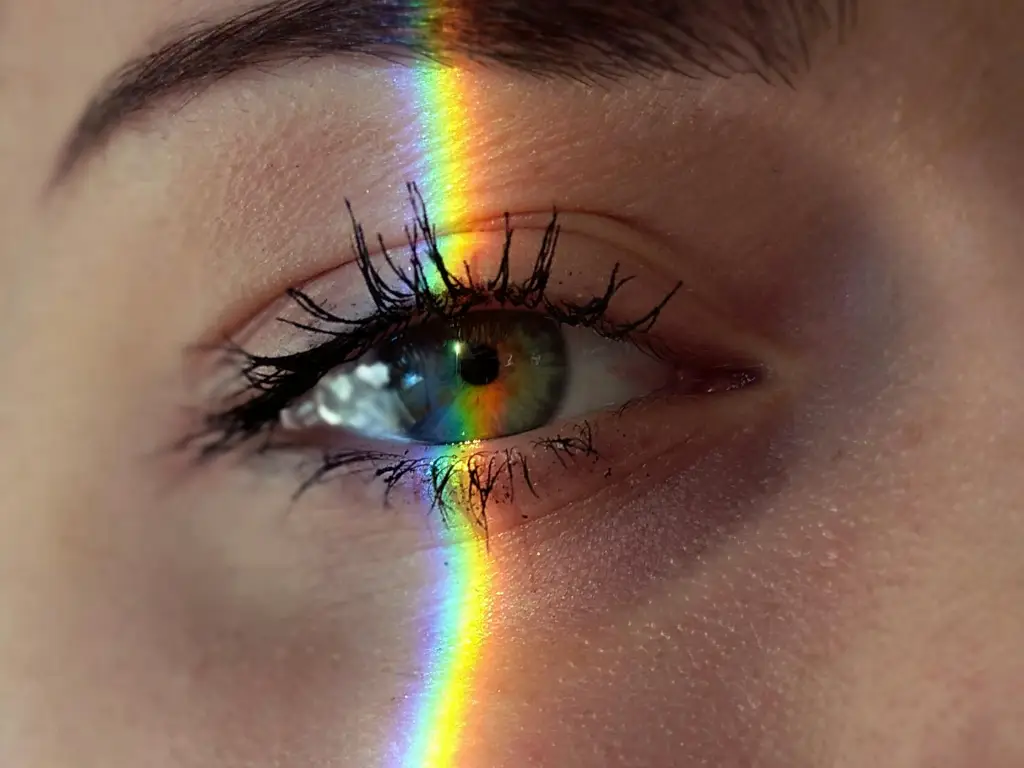
Evaluando si la terapia de luz roja (RLT) es perjudicial para los ojos requiere un análisis multifacético.
1. Longitud de onda y penetración ocular
Luz roja e infrarroja cercana (630–850 nm) difieren significativamente de la luz UV o azul en términos de energía y penetración de tejidos. Estas longitudes de onda más largas pueden pasar a través de la córnea y la lente con una absorción relativamente baja., potencialmente llegar a la retina. Sin embargo, Su naturaleza no ionizante significa que es menos probable que causen daño directo al ADN.
2. Pautas internacionales de seguridad
Normas de seguridad fotobiológica, como IEC 62471 límites de exposición, Proporcionar orientación sobre los umbrales de seguridad ocular. La mayoría de los dispositivos de terapia de luz roja de grado de consumo emiten dentro de los niveles seguros de irradiancia, Aunque la exposición repetida sin protección puede acercarse a los límites de umbral, especialmente para paneles de alta intensidad utilizados a corta distancia.
3. Evidencia de estudios animales y humanos
Los estudios de exposición a corto plazo muestran un riesgo mínimo para la retina en condiciones controladas. Por ejemplo, un estudio sobre Fotobiomodulación de infrarrojo cercano en humanos encontró un metabolismo retiniano mejorado sin daño estructural observable. Sin embargo, a largo plazo, La exposición de alta frecuencia no se ha estudiado ampliamente.
4. Variables de exposición
Si la luz infrarroja es segura para los ojos depende de la dosis. Densidades de mayor potencia, sesiones prolongadas, o el uso frecuente aumenta la exposición ocular potencial. Los dispositivos médicos generalmente proporcionan pautas de exposición, Pero el cumplimiento del usuario a menudo es inconsistente.
5. Ojos abiertos o cerrados durante el tratamiento
La cuestión de los ojos de la terapia de luz roja abiertas o cerradas es crucial. Con los ojos abiertos, La retina puede estar directamente expuesta; Con los ojos cerrados, La luz todavía transmite a través de los párpados. Se recomienda protección o blindaje para los ojos para los tratamientos faciales para minimizar el riesgo de exposición acumulada.
¿Puede la terapia de luz roja ayudar a tratar las afecciones oculares??
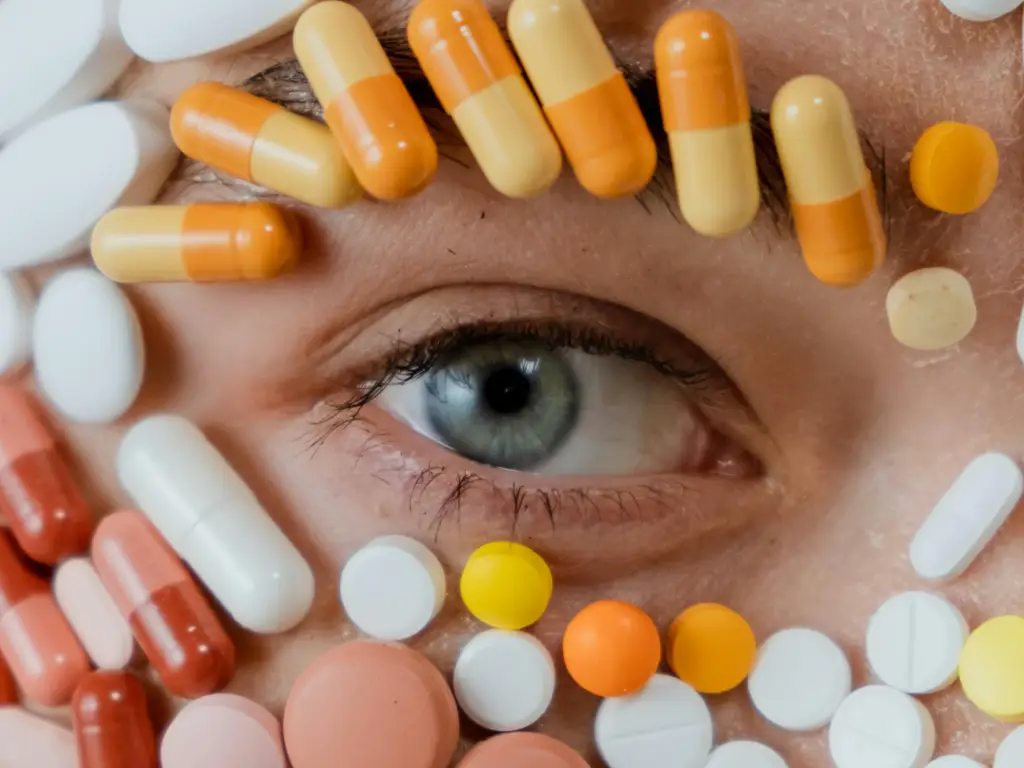
Mientras que algunos usuarios se preocupan si la luz roja es mala para tus ojos, Otros analizan su potencial terapéutico.
Potencial terapéutico para enfermedades oculares
RLT puede ayudar a retrasar o mitigar la pérdida de visión asociada con:
- Degeneración macular relacionada con la edad (Amd): La luz roja puede disminuir la disminución del fotorreceptor mejorando la resiliencia mitocondrial. Un estudio piloto en Los diarios de la gerontología Mejoras medibles confirmadas en la sensibilidad visual entre los participantes de mediana edad después de la exposición a la luz roja a corto plazo .
- Glaucoma: La fotobiomodulación podría soportar la supervivencia de las células ganglionares retinianas y reducir el estrés intraocular.
- Retinopatía diabética: Los efectos antiinflamatorios pueden ayudar a controlar el daño microvascular.
Uso recomendado y grupos objetivo
Mientras que se necesita evidencia clínica más robusta, RLT puede ser adecuado para:
- Adultos sobre 40 experimentar fatiga visual o pérdida de contraste
- Pacientes con AMD o glaucoma en etapa temprana (bajo supervisión)
- Individuos que buscan terapias complementarias no invasivas
Comparación de longitudes de onda de luz roja
Evaluar si la luz roja es segura para los ojos, Es esencial compararlo con otros tipos de luz como Ultraviolet (ultravioleta) y luz azul, que están bien documentados por sus riesgos oculares.
| Tipo de luz | Longitud de onda (Nuevo Méjico) | Seguridad para los ojos | Impacto ocular primario |
| Ultravioleta (ultravioleta) | 280–400 | Inseguro - Daño fotoquímico | Induce cataratas, quemaduras de la retina, inflamación corneal |
| Luz azul | 400–495 | Precaución - penetra retina | Vinculado a la degeneración macular y la fatiga visual |
| Luz roja | 600–650 | Generalmente seguro con protección | Estimula la reparación retiniana superficial; Bajo riesgo de calor |
| Luz roja | 650–700 | Seguro con regulación | Mejora la función mitocondrial en células retinianas |
| Luz cercana | 700–850 | Se requiere precaución - Carga térmica | Penetración más profunda; puede beneficiar la circulación coroidea |
En contraste con la luz UV y Blue, que son enérgicos y potencialmente dañinos, La energía más baja de la luz roja lo hace biológicamente activo sin ser fototóxico, si se usa en condiciones de exposición segura.
Las mejores prácticas para la terapia segura de luz roja alrededor de los ojos
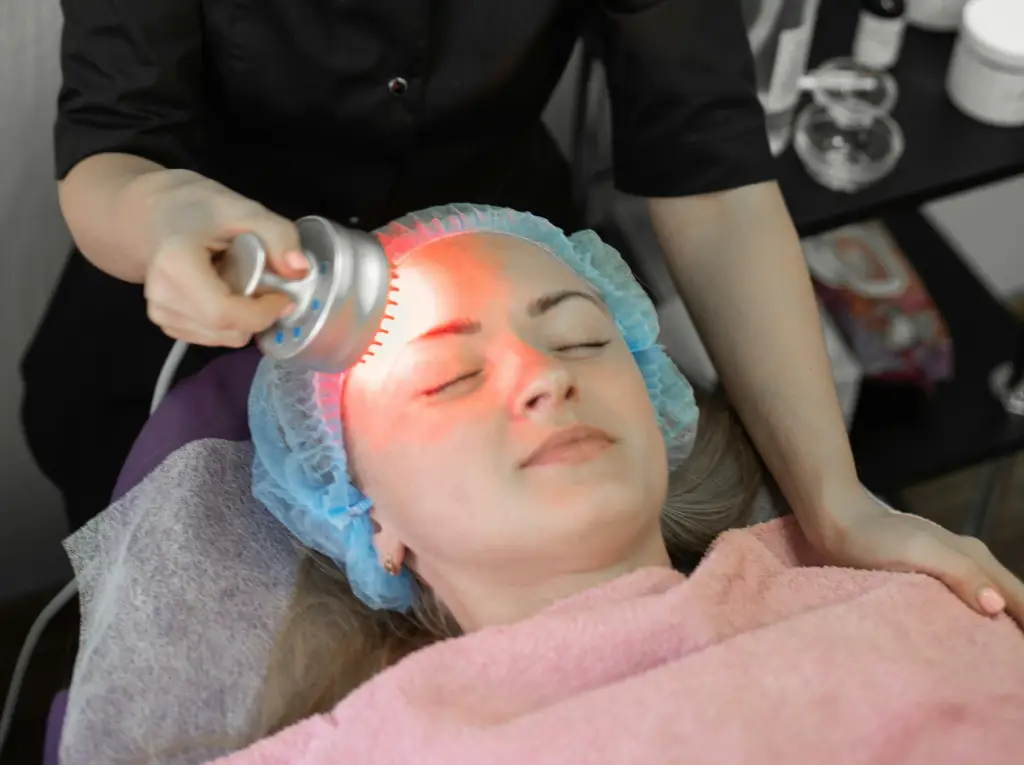
Para minimizar el riesgo y maximizar los beneficios, Siga estos pasos clave cuando use terapia de luz roja cerca de los ojos:
- Mantener una distancia segura (15–30 cm) entre tus ojos y el dispositivo, especialmente para paneles de alta potencia.
- Tiempo de exposición de límite a 5–10 minutos por sesión, 3–5 veces por semana, Basado en las directrices del fabricante.
- Úselo con los ojos cerrados siempre que es posible; Para mayor protección, usar gafas diseñadas para blindaje de luz rojo/nir.
- Evite la mirada directa En los LED, incluso la luz de bajo nivel puede irritar a la retina con exposición prolongada.
- Elige seguro para los ojos, dispositivos clínicamente probados con longitudes de onda precisas (630–850 nm) y límites de salida certificados.
Si se produce incomodidad, detener el tratamiento y consultar a un proveedor de atención médica.
Cómo elegir un dispositivo de terapia de luz roja segura para los ojos
Al seleccionar un dispositivo RLT, especialmente para usar cerca de los ojos, Las certificaciones de seguridad y las características del dispositivo son primordiales:
- Certificación FDA/CE: Los dispositivos autorizados por los cuerpos regulatorios cumplen con los estándares estrictos de seguridad y eficacia.
- Controles de intensidad ajustables: Permite a los usuarios personalizar la salida de luz, Reducir el riesgo.
- Diseño protector: Blindaje incorporado o gafas oculares opcionales ayudan a reducir el riesgo de exposición, especialmente para paneles faciales utilizados con ojos abiertos.
- Temporizadores automáticos: Evite la sobreexposición al limitar la longitud de la sesión.
- LED de calidad y gestión del calor: La ingeniería adecuada reduce el riesgo de daño térmico.
| Modelo | Rango de longitud de onda | Evaluación de seguridad ocular | Características de seguridad clave | Mejor para |
| Cama de terapia de luz roja M4 | 630–850 nm | Ojo seguro con ojos cerrados o gafas; Evite la mirada directa hacia arriba | Certificado por CE/FDA, minutero, gafas de ojos opcionales | Uso de cuerpo completo, clínicas, balnearios |
| Máscara de belleza de cuero LED MM04 | 620 Nuevo Méjico (rojo) + otros | Bajo riesgo alrededor de los ojos con escudo de ojos empotrado; ojos cerrados | Certificado por CE/FDA, IPX7 impermeable, diseño flexible, protección ocular integrada | Cuidado de la piel facial, Rutinas de belleza en el hogar |
Si bien la pregunta es la luz roja mala para tus ojos, no tiene una respuesta simple de sí o no.,La seguridad depende de cómo y qué use: elija dispositivos certificados, seguir la guía, y protege tus ojos.
Preguntas frecuentes:
¿Es seguro mantener los ojos abiertos durante la terapia de luz roja??
Es mejor mantener los ojos cerrados o usar gafas para evitar la sobreexposición de la retina.
¿Puede la terapia de luz roja dañar sus ojos con uso a largo plazo??
La exposición a alta intensidad a largo plazo puede presentar riesgos sin una protección adecuada.
¿Qué tipo de luz roja es más segura para usar alrededor de los ojos??
Las longitudes de onda entre 630–670 nm a las intensidades controladas son más seguras. Use dispositivos claros o clínicamente validados para la FDA para aplicaciones del área ocular.
¿Qué luz de color es dañina para los ojos??
La luz azul y ultravioleta es más dañina debido a la alta energía y el estrés retiniano.
¿Por qué la luz roja es mala para ti??
La luz roja es típicamente segura, Pero la sobreexposición o el mal uso, especialmente los tejidos sensibles como los ojos, pueden causar irritación o estrés en los fotorreceptores.



